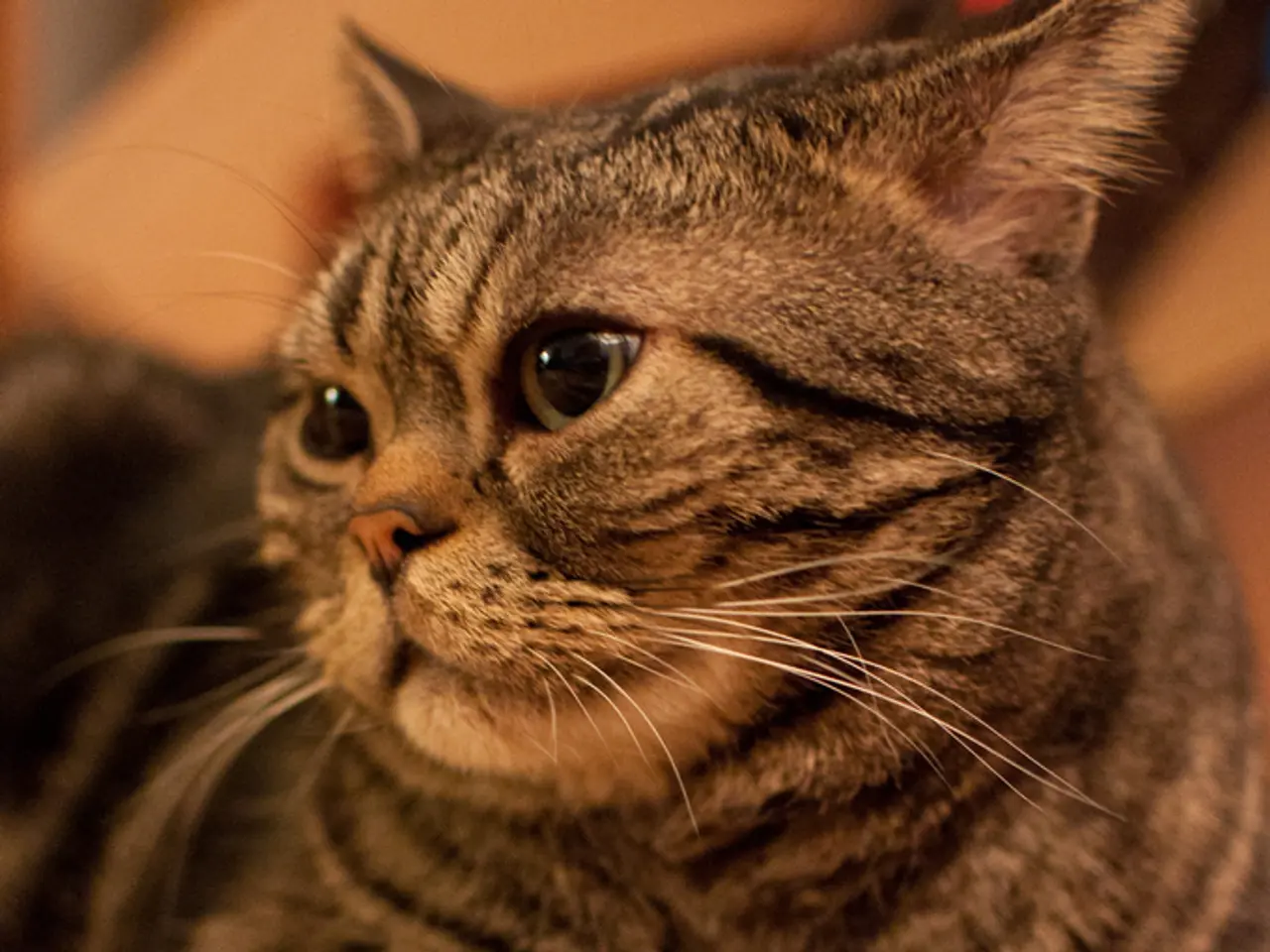Cats Undergo Cyclic Hormonal Changes, Similar Yet Dissimilar to Menstruation in Humans
In the world of feline companionship, one topic that often raises questions among pet owners is a cat's heat cycle, also known as the estrus cycle. This recurring period is when a female cat becomes sexually receptive and fertile, and it's an essential aspect of understanding a cat's behaviour and reproductive health.
Female cats have a polyestrous reproductive cycle, meaning they experience several estrus cycles throughout a year. This cycle typically consists of six stages: proestrus, estrus, interestrus, diestrus, anestrus, and gestation.
During the proestrus stage, which lasts for 1–2 days, a female cat prepares to go into heat. The actual heat period, or estrus, lasts for 2–19 days, during which the cat is receptive to mating and displays behavioural changes. If the cat does not mate, the cycle moves into the interestrus stage, which lasts for 13–18 days, followed by another estrus cycle.
Diestrus occurs if mating and ovulation have taken place, and anestrus is the period when the cat is not in heat. Gestation is the pregnancy phase, lasting about 63–65 days if fertilized.
Cats usually go into heat every 2 to 3 weeks during their mating season, which can occur year-round in warmer regions with consistent light exposure. The estrus or heat phase typically lasts between 5 to 10 days.
It's important for pet owners to note that female cats can begin going into heat as early as 4 months of age. Spaying a female cat helps prevent unwanted pregnancies and behaviours associated with the heat cycle, such as vocalisation, urine marking, and restlessness.
Spaying also provides proven health benefits for cats, including a reduced risk of mammary cancer, uterine infections, and pyometra (a life-threatening uterine infection). Furthermore, spaying helps manage the issue of stray cat populations.
Indoor cats with artificial light may go into heat more frequently than strictly outdoor cats. Geographic and environmental factors play a major role in when cats go into heat.
In conclusion, understanding a cat's heat cycle is crucial for responsible pet ownership. By being aware of the signs and stages of a cat's heat cycle, pet owners can make informed decisions about spaying and neutering their cats to ensure a healthy and happy life for their feline friends.
- Maintaining a home-and-garden with artificial light could potentially influence a cat's heat cycle, causing indoor cats to experience more frequent heats compared to solely outdoor ones.
- The lifestyle choices of pet owners, such as whether to spay or neuter, can significantly impact a cat's environment, as spayed cats may show reduced risks of diseases and behavioral issues often associated with the heat cycle.



